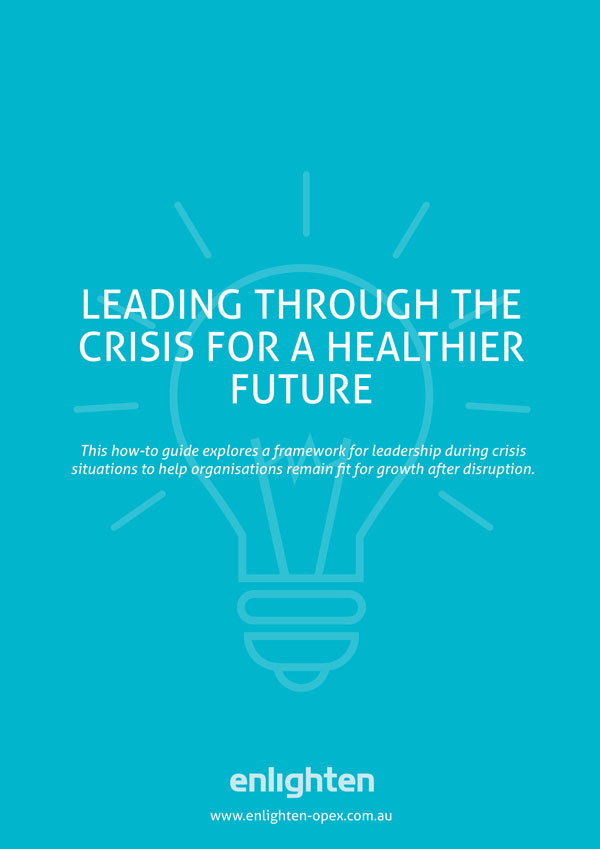The term artificial intelligence (AI)—the use of computer systems to perform tasks that normally require human understanding—has been around for nearly 60 years. But since exploding into the mainstream in late 2022, the newest wave of AI-led disruption is set to fundamentally change what ‘work’ will look like.
Technologies such as generative AI see rapid adoption, as business leaders feel the pressure to jump on the band wagon or miss out on not capitalising on the hottest new tech trend. However, blindly following along can turn into risks down the line and needs measured consideration.
Successful integration of AI is based on a deep understanding of a business’s 4Cs: customers, their capabilities and capacity, and a culture that lends itself to change. This article explores why you can’t spell disruption without the 4Cs.
CUSTOMER
Seeing generative AI in action has led customer service departments across the globe to jump at AI to ease bottlenecks and reduce Time to Resolution. But should meeting KPIs come at the cost of impersonal customer experiences? AI-powered customer service applications aren’t always attuned to real-time signals or emotional cues, so trying to use AI to augment a problem might, in some cases, end up exacerbating it.
Ensuring your automations are working as intended through regular monitoring, and using data to do more of what works and eliminating sources of frustration is a more considered way of putting your customers first, while embracing AI.
CAPABILITY
It is more important than ever to learn how to ask (or prompt) the right questions with AI. Rubbish in equals rubbish out has always been the case in a data-driven business world, but with large language models and generative AI tools such as ChatGPT, this equation gets magnified.
Having the ability to drill down into operational data through a Single Source of Truth, allows organisations to understand where AI most strategically fits their workflow and processes. It allows the needle to move on an organisation’s capability, allowing people to take up more complex tasks, leading to a better customer experience and improved bottom line growth.
CAPACITY
Figure out if your business is ready for AI and what specific problems are you trying to solve with it. Analyse the business value and the revenue-generating potential of incorporating AI.
Over time, it is more likely that there will be an increase in the number of roles dedicated to humans who have the skills and capabilities needed to leverage AI tools, rather than the scenario of AI making human jobs redundant.
A balanced scorecard approach for AI which includes a quality perspective will be even more crucial with machine generated content and recommendations, than it is with work ‘produced’ by humans.
CULTURE
Sponsorship and communication to the team is essential. Your workforce needs to understand the benefits to them as an individual: does any given technology align with the PURPOSE of the business and will it support the customer experience. This makes it imperative for leaders to start having conversations sooner rather than later about moving past the tactical to the strategic; focusing less on trouble shooting to hone creative problem-solving skills; and indeed, learning to monitor and master artificial intelligence itself. Not doing so, means not fully embracing the current disruption—nor those on the horizon.
To take on disruption sustainably, build a solid foundation of operational excellence
It’s clear that embracing disruption in a way that puts the customer first and aligns with a business’s own capabilities and/or limitations relies on insights gleaned from operational data. But depending on the systems and processes a business can have in place, operational data can mean different things and live in different places: stored in spreadsheets, buried within emails, hidden away in silos. This is where the importance of having a single source of truth becomes apparent.
See your operations clearly with a single source of truth
Businesses need to prioritise investing in tools designed to shed light on real-time operational snapshots by capturing thousands of data points. Equipped with insights based on data that’s both accurate and reliable, decision makers can harness disruptive technologies more effectively.
Reshape culture with tried-and-true frameworks
Equally important is the role of strategic advice based on frameworks of operational excellence. Be it the current wave of AI-led disruption or the next one, which may well be just around the corner, organisations will always do better by letting customer needs and their own capabilities determine their response to change and their decisions around technology.
Looking inward to understand the organisation’s overall sentiment towards disruption is also critical. Earlier in the article, we noted that AI has been around for some 60 years. Now it is the question just because you can, should you? Experienced consultants can facilitate open and honest conversations at the organisational level, allowing different perspectives to surface. In the immediate term this can help businesses think critically about the topic at hand, but over time, such discussions can foster a culture that’s transparent, diverse, and ultimately more resilient in the face of change.
Key takeaways:
- From thought leaders to decision makers, everyone wants to harness the power of AI. However, implementing a new technology for its own sake may not always be the way to go.
- Rubbish in means rubbish out. Organisations equipped with good data about their customers, their own capabilities and capacity, and culture are best positioned to make the most of this latest wave of disruption.
- When it comes to gleaning insights from operational data, organisations with a single source of truth have a significant advantage over those that do not.
- Tools and platforms designed to capture operational data can help organisations analyse how best emerging technologies can be leveraged to help them and their customers.
- Frameworks of operational excellence are fundamental to taking disruption head-on.
- Relying on expertise can enable businesses to have better conversations around change.
- Understanding before implementing, questioning, and looking at disruption through various lenses foster cultural shifts that over time help an organisation become more resilient in the face of uncertainty.
References:
https://hbr.org/2019/07/building-the-ai-powered-organization


